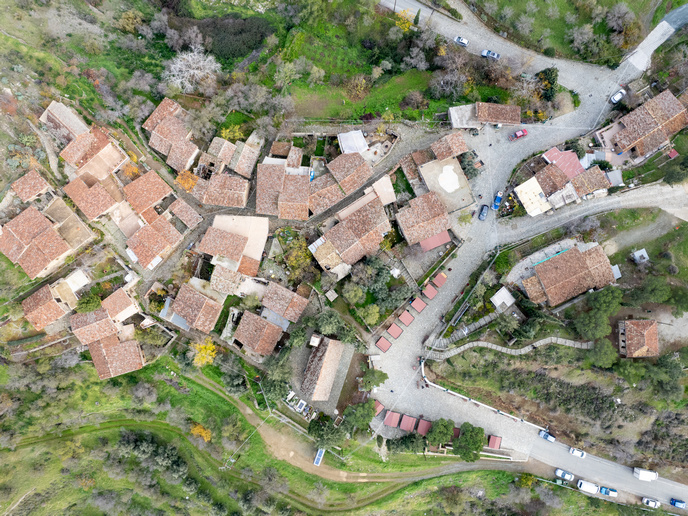Satnav innovation benefits Europe
A few years ago, Europe registered the highest number of patents worldwide – a good sign in itself for fostering the EU’s knowledge economy. However, translation into the expected economic benefits is hampered, largely because of the gap between knowledge generation and low demand for new products and services. The EU-funded INNOFIT (Innovation benefits Europe) project encouraged demand through different ‘instruments’ such as competitions and road shows, particularly in the satellite navigation sector. The project approached European regions that wanted to participate in the scheme by adopting demand creation mechanisms at regional level to boost local economies, advancing technology and innovation. It raised awareness about opportunities, assessed potential of the regions and developed policies to support project goals. In addition, the project created a larger community for global navigation satellite system (GNSS) actors and stakeholders to form partnerships. It supported the creation of jobs associated with satellite navigation by adopting the new demand creation mechanisms it had elaborated. Several new ideas for GNSS clusters emerged from the project, with different stages of completion reached in Croatia, Germany, the Netherlands, Spain and Switzerland. The clusters would involve many regional universities and institutes, establishing new platforms for collaboration, technological advancements and job creation. On the international front, even China expressed interest in networking with the EU, opening the doors for more collaboration on GNSS technology and helping to boost demand. Despite the progress, implicated regions in most countries expressed the need for support in terms of designing and implementing policies, as well as creating demand on a regional level. In response, the project helped the regions implement effective mechanisms, processes and supporting policies that create and safeguard jobs to boost this important high-tech sector. If the joint action plan is fully exploited, the demand for products and services in the satellite navigation sector will stoke regional economies. This could pave the way for other sectors to follow suit and establish relevant clusters based on demand creation. The novel approach will then become yet another avenue of success for boosting the EU’s knowledge-based economy.
Keywords
Satnav, innovation, satellite navigation, INNOFIT, GNSS







